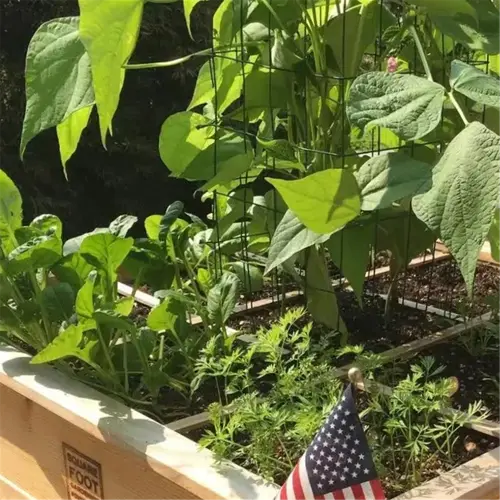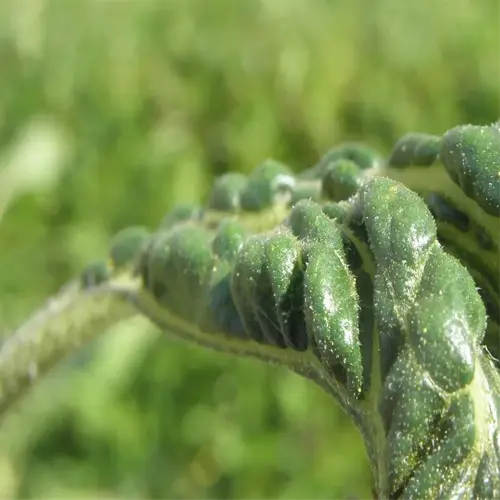Are chemical treatments effective against Verticillium wilt?

Written by
Kiana Okafor
Reviewed by
Prof. Martin Thorne, Ph.D.The treatments for verticillium wilt are limited to protectants such as thiophanate-methyl, and thus, are only effective as a precautionary application to prevent infection from occurring. Once the roots have vascular discoloration, fungicides do not cure the plant, only further death could occur. I've seen farms waste thousands of dollars on late-stage sprays. Protecting well becomes a more rare benefit and safeguarding healthy plants and optimizing the soil biology would be more favorable.
Pre-Plant Soil Drenches
- Apply thiophanate-methyl at 12 oz/100 gal water
- Treat soil 2 weeks before planting
- Effective only in uncontaminated fields
Foliar Spray Limits
- Use azoxystrobin every 14 days during high-risk periods
- Target leaf undersides where spores germinate
- Combine with silicon supplements to boost leaf defenses
Dependence on a single product leads to increased resistance to fungi. In the case of one of the blueberry farms we work with, the effectiveness of thiophanate-methyl dropped from 35% to 12% throughout four seasons. Plan on rotating products with different FRAC codes every year. In conjunction with fungus control products, consider applying compost tea to maintain the populations of beneficial microorganisms that help suppress Verticillium.
Instead of repeated application of sprays, put your money in your soil health. Amendments of biochar at 15% volume will improve water retention and microbial diversity. In a vineyard that used that method, they stopped spraying fungicides, reducing their use by 60%, while keeping their plant health at 85%. Test your soil pH monthly; aim for 6.3-6.8 to maximize microbial activity.
To avoid root damage that allows fungus entry into plants, use drip irrigation, as described above, instead of overhead systems to keep the stems dry. You can also install root barriers, such as sheet metal, between susceptible trees. In a park project, these methods reduced infection rates by 75% or more without chemical treatments!
Read the full article: Verticillium Wilt Treatment: Complete Management Guide

